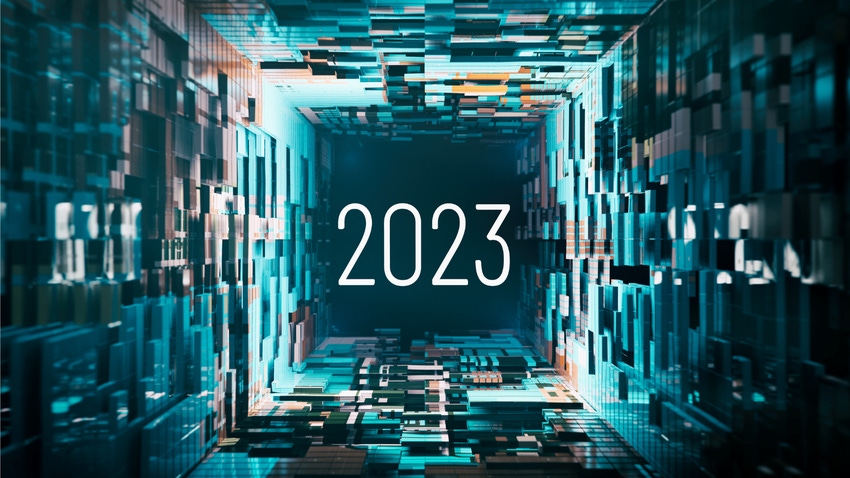Based on a global survey of 400+ enterprises in 7 industries

The adoption of AI has reached “early majority phase,” meaning that a consequential number of organizations are deploying the technology and the ecosystem has become self-sustaining, according to Omdia’s “2023 Trends to Watch: Operationalizing AI” report.
Based on a global survey of 414 organizations, the report revealed that 43% have 'live' AI projects of which more than half are scaling these efforts. Omdia considers the scaling of AI deployment to be a key sign of AI maturity within an enterprise — it shows commitment to AI projects with an allocated budget and resources, typically spanning several years.
“In 2023, use of AI in enterprise will explode, and proper governance frameworks, such as AI risk management and KPIs, will become critical,” said report author Mark Beccue, principal analyst of AI and NLP at sister research firm Omdia.
Here are the analyst’s forecasts for operationalizing AI:
#1 The global market for operationalized AI will accelerate rapidly.
-The market moved beyond early adopters and into critical mass or early majority phase in 2022. AI deployments, new projects, and entrants will explode in 2023.
- The number of companies with 'live' AI deployments and that are actively developing AI projects will likely double by the end of 2025.
-Funding for AI projects will likely increase exponentially through 2025.
-As more AI projects become successful, AI solution specialization will likely increase to accommodate more industry-specific or horizontal use case needs.
-The market for AI solutions will remain unstable through 2025 as surging demand attracts new vendors, putting downward pressure on pricing.
#2 Potential global recession will not slow down AI investments.
-Survey showed that by mid-2023, 60% of respondents would implement all of the 11 use cases presented to them (see image below), despite U.S. inflation at 8.5% at the time they were asked. Use cases include customer experience, anomaly detection and visual analytics.

-Greater efficiencies that could boost ROI will continue to drive AI investments.
-Difficulties in finding and retaining workers mean efficiencies gained with AI are even more appealing across nearly every enterprise sector.
#3 Enterprises will begin to formalize AI risk management.
-Lack of AI risk management is costing organizations an estimated billions of dollars a year in revenue, development costs, fines, brand equity, and market value. As such, most organizations using AI will aggressively invest in and launch risk management programs.
-Irresponsible use of data and the possibility of conscious and unconscious bias are the top AI risks today.
-No organization should move beyond a pilot stage for AI without putting in place at minimum some rudimentary form of AI risk management.
#4 AI KPIs will rapidly grow as foundational elements of enterprise AI.
-The majority of enterprises do not have AI KPIs in place for all their AI initiatives. This will change: The number of organizations with AI KPIs will grow rapidly over the next two to three years.
-Failure to develop comprehensive AI KPIs will result in lower confidence in programs from executive management and, ultimately, reduced funding or abandonment of programs.
-Recommendation: Map AI KPIs to broad-based organizational outcomes and associated KPIs. Cost reduction, engagement, and time reduction are good starting points for AI KPIs. Realize mature use cases and applications will feature more developed, proven AI KPIs — and that the reverse is also true.

About the Author(s)
You May Also Like


.jpg?width=700&auto=webp&quality=80&disable=upscale)
.jpg?width=700&auto=webp&quality=80&disable=upscale)
.jpg?width=700&auto=webp&quality=80&disable=upscale)
.jpg?width=300&auto=webp&quality=80&disable=upscale)
.jpg?width=300&auto=webp&quality=80&disable=upscale)
.jpg?width=300&auto=webp&quality=80&disable=upscale)

